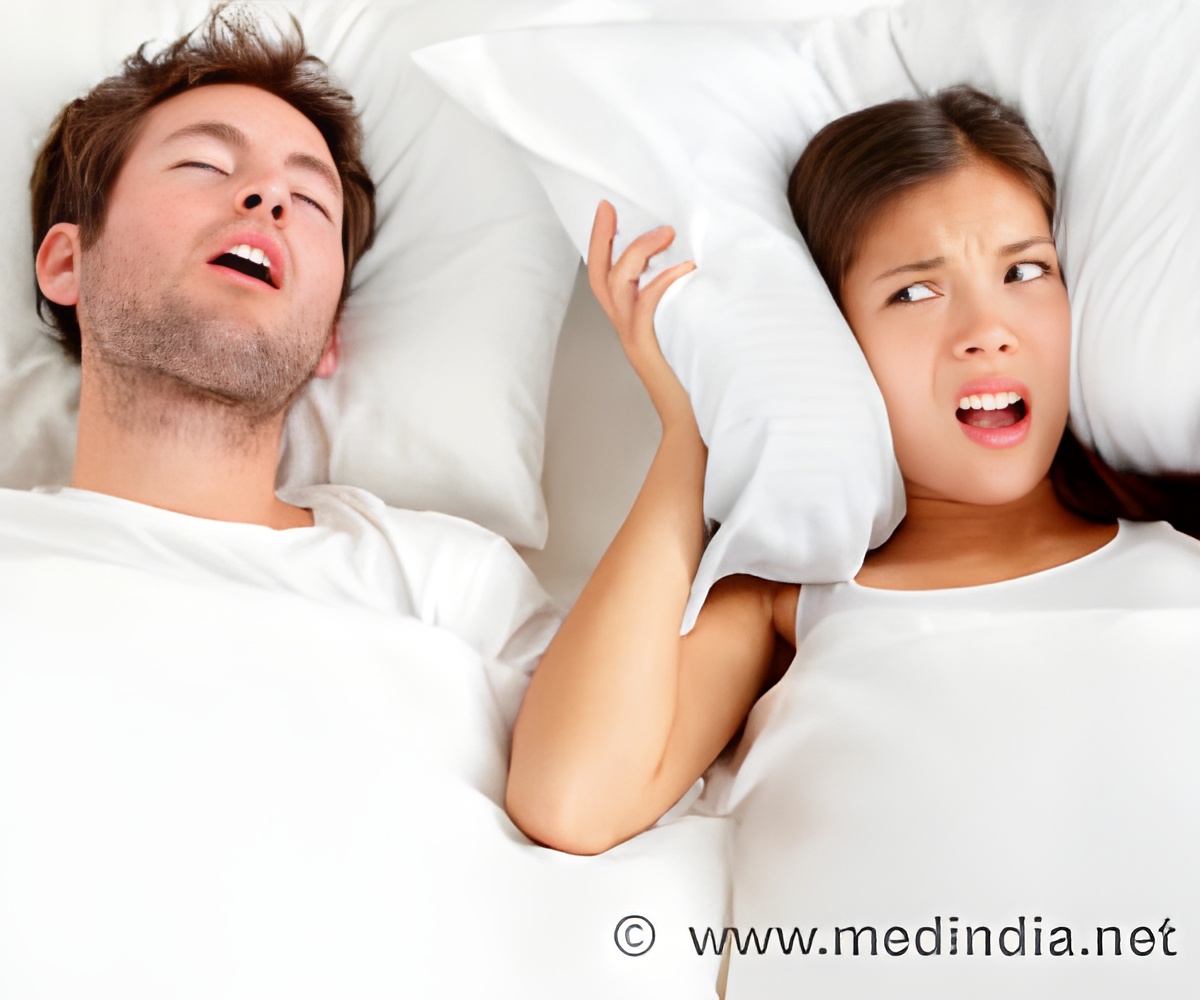Demonstrating the cause of obstruction in patients with severe sleep apnea is possible with a simplified anesthesia procedure enabling more widespread use of preoperative testing.

Simplified Approach to Testing Before Apnea Surgery The researchers evaluated their anesthetic technique in 97 patients participating in a study of robot-assisted surgery for severe sleep apnea. Visualizing the site of the obstruction in the upper airway is an important part of planning for apnea surgery. This can be done using a procedure called "drug-induced sleep endoscopy" (DISE), in which stepwise doses of anesthetic doses are given to put the patient to sleep and reproduce the airway obstruction causing apnea.
However, it's challenging to achieve just the right anesthetic dosage—enough to cause typical sleep-related obstruction without causing prolonged unconsciousness or causing a deep drop in blood oxygen level (oxygen saturation). The standard technique for DISE is time-consuming and not well-suited for widespread clinical use.
In the new ramp control approach, a computerized algorithm is used to calculate the two-dose sequence of anesthetic administration likely to produce sedation in each individual patient. By contrast, the standard stepwise approach to DISE uses a sequence of up to nine doses.
The 97 patients studied had severe sleep apnea, with a median of 48 apnea-hypopnea events (complete or partial interruptions of breathing) per hour on standard testing in the sleep laboratory. The patients were being evaluated for surgery after receiving no benefit from continuous positive airway pressure (CPAP), the standard treatment for sleep apnea.
The ramp-control DISE approach allowed doctors to see and photograph the obstructive anatomy in all 97 patients. The median time to put the patient to sleep and demonstrate the cause of obstruction was just under four minutes.
Advertisement
Two-Dose Technique May Promote Wider Use of DISE Although it's not new, DISE is still considered a "niche procedure"—not commonly performed by most anesthesiologists. It's easy to "overshoot" the anesthetic dose; this may lead to drops in oxygen saturation, requiring airway support steps to maintain the patient's blood oxygen level. Dr Atkins and colleagues note that their study included a "challenging" population of obese patients with severe sleep apnea, who have often been excluded from studies of other anesthetic techniques for sleep apnea.
Advertisement
By simplifying the steps to anesthesia administration, the researchers believe their simplified approach will help to make DISE more widely available for evaluation of patients being considered for sleep apnea surgery. However, more research will be needed to determine how well the new technique can be generalized to everyday clinical practice at busy surgical centers.
Source-Eurekalert















